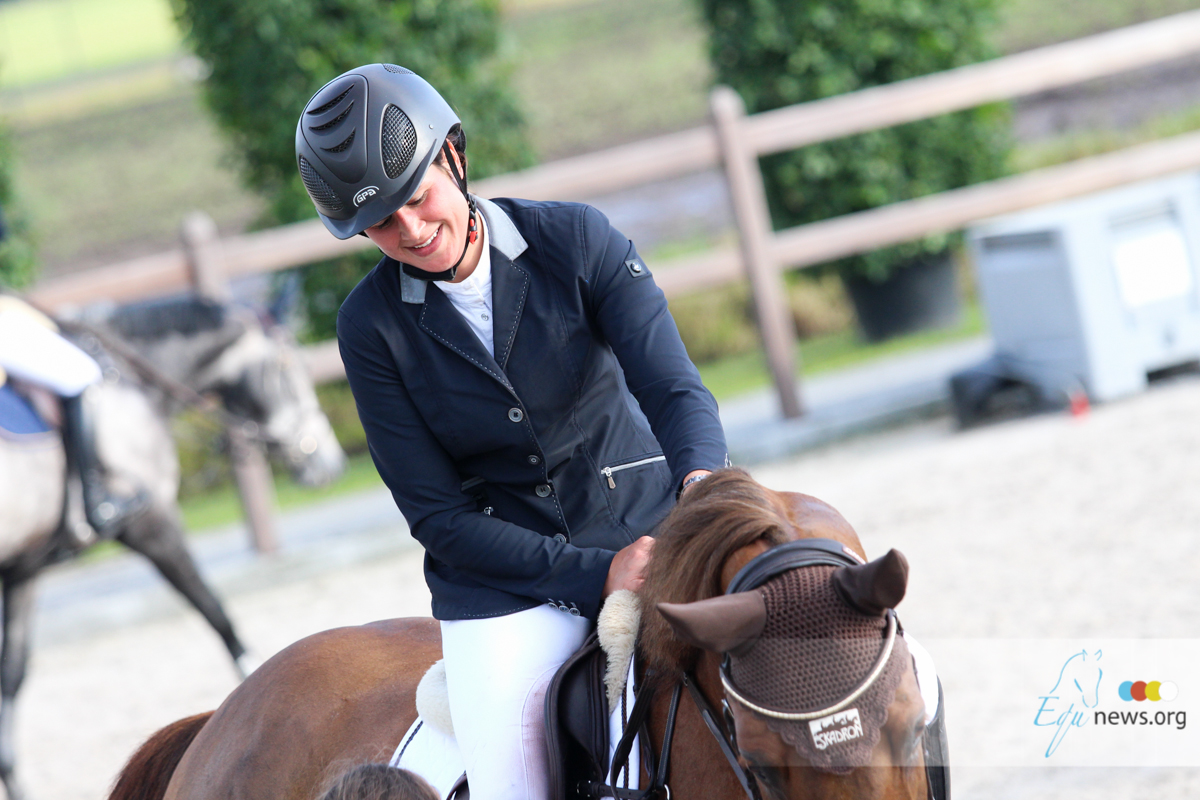Taking a laissez-faire approach to blanketing is not always a good approach! It’s not the “Live Free or Die” state—that’s New Hampshire—but the motto crosses state lines and, as a result, most horses sprout thick, hairy coats in lieu of blankets. If your horse grows a wooly coat naturally, great. But before you leave him au naturel for the season, first evaluate what’s underneath his hair. “One of the most important things to consider is a horse’s body condition,” notes Scott Leibsle, DVM, Dipl. ABVP, deputy state veterinarian at the Idaho State Department of Agriculture. “The Henneke body condition system measures general physique of the horse and, indirectly, body fat. Horses with a lower body condition score simply are not as capable of insulating themselves as horses with a higher score.” Horses are graded on a scale of one to nine, with one being emaciated and nine being obese. While a lower score represents a lesser body condition and lower fat content, it doesn’t necessarily mean a horse is underweight. Certain breeds might never score above a five and are in fine condition, but the number still represents a horse’s insulating ability. Cold, Hard Facts: Temperature Carleen Matson, a sales associate at a tack shop in Bellevue, Washington, doesn’t have to consider below-freezing temps when recommending winter blankets to customers. In this Seattle suburb, “waterproofing is the top priority,” she says. The temperature rarely dips below the 40s, but the gray, drizzly weather provides the perfect conditions for equine hypothermia. “The most important weather-related factor to consider is the dampness in the air,” says Carey Williams, PhD, extension specialist in equine management at Rutgers University, in New Jersey. “If it’s a dry cold, most horses will be just fine (without a blanket) as long as they have access to shelter. But if it’s 40 degrees and raining, it’s imperative to keep a horse dry.” Keep an eye out for physical signs of prehypothermia, such as shivering, she says. If a horse is shaking—or if he’s soaked through—it’s time to bring him into shelter. And as tempting as it might be to throw the thickest blanket you have over his shivering shoulders, resist the urge. “If you put a dry blanket on a wet horse, you’re just trapping the cold and moisture inside and preventing air from circulating underneath, making it difficult for him to dry off and warm up,” Leibsle says. “Bring him into the barn and start toweling him off next to a space heater (one that is safe and never left unattended, of course). At the very least, you need to bring him in out of the elements.” Of course, it’s a lot easier to keep a horse warm and dry in the first place than it is to hand-towel a 1,200-pound shivering animal. All horses need an opportunity to escape the elements while turned out, and choosing not to blanket your horse (or not purchasing a suitable blanket) makes that all the more important. Once You Start, You Can’t Stop A horse’s natural response to shorter days and colder temperatures is to grow a thick hair coat with insulating “loft.” For this reason, riders who show their horses late into the fall often extend the hours of “daylight” through full-spectrum lighting in the barn to discourage autumn hair growth. Other owners simply start blanketing earlier in the season. Both options can help owners avoid clipping their horses, but take care: Williams says it doesn’t take long for a horse to lose loft in his hair coat—only a few days. So if you throw a blanket on during a September cold snap, prepare yourself for a winter’s worth of blanketing. The same applies if you keep a horse stabled around the clock and only ride in an indoor arena, thus resetting his tolerance (or lack thereof) to winter weather. Once you’ve altered a horse’s natural defense against cold weather, it’s up to you to keep him warm. “The biggest determining factor with the hair coat production is where the horse is accustomed to being housed,” Williams notes. “For example, take a horse from Northern Wisconsin and put him in Florida for the winter and he will still grow a long heavy coat for a few years. This also holds true going from South to North. Those horses will have to be treated with care because they will not produce a heavy hair coat in the first ye
the basics for good blanketing
-
categories: Lifestyle , International



